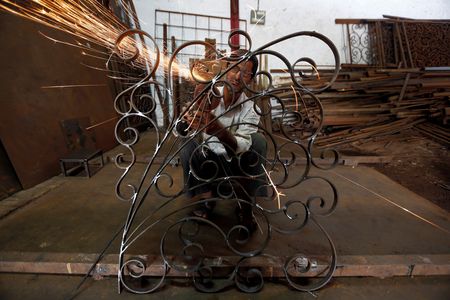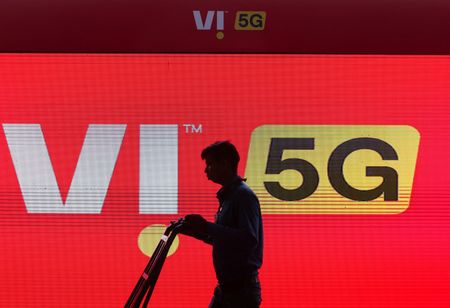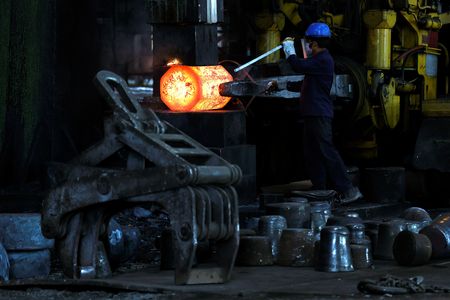By Shaloo Shrivastava
BENGALURU (Reuters) – Growth in India’s manufacturing sector slowed marginally in April but remained robust thanks to strong demand, prompting firms to ramp up purchases of raw materials at a near-record pace, a business survey showed on Thursday.
Asia’s third-largest economy is the fastest growing among major peers and strong consumption is needed to keep up the pace. Gross domestic product (GDP) is expected to expand 6.5% this fiscal year.
The HSBC final India Manufacturing Purchasing Managers’ Index, compiled by S&P Global, dipped to 58.8 in April from a 16-year high of 59.1 in March, below a preliminary estimate for no change from the previous month.
Despite softening, it was above its long-run average and in expansionary territory for a 34th month. The 50-mark separates growth from contraction.
“April’s manufacturing PMI recorded the second fastest improvement in operating conditions in three-and-a-half years, bolstered by strong demand conditions,” said Pranjul Bhandari, chief India economist at HSBC.
Output and new orders sub-indexes eased from March but were the second best readings in over three years, indicating sturdy demand. International demand was the weakest since January yet remained in good shape.
Business optimism improved as firms expected demand to remain buoyant and higher production volumes in the coming 12 months. The positive sentiment led factories to hire more workers for a second consecutive month.
If the hiring trend continues, it would offer some relief to the government, which has only generated lacklustre job growth. Tackling unemployment is the biggest challenge for the Indian government after the ongoing election, according to economists who participated in a Reuters poll taken last month.
As firms geared up to increase production, they built up stocks of raw materials at the third-fastest rate since the survey began over 19 years ago.
However, high demand pushed up both the input and output price sub-indexes, although the increase was small and unlikely to push inflation beyond the central bank’s target range of 2-6%.
“On the price front, higher costs of raw materials and labour led to a modest uptick in input costs, but inflation remains below the historical average,” added Bhandari.
“However, firms passed these increases onto consumers through higher output charges, as demand remained resilient, resulting in improved margins.”
The April Reuters poll medians showed inflation would average 4.6% this fiscal year and the RBI will cut its key repo rate next quarter.
(Reporting by Shaloo Shrivastava; Editing by Kim Coghill)










